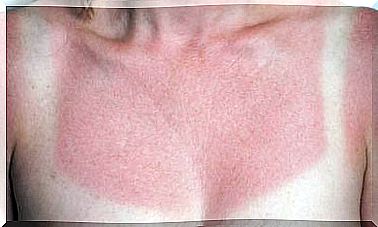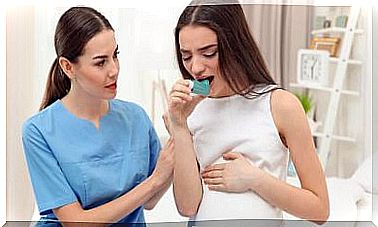Grade Of Bedsores In Patients And Treatment Options
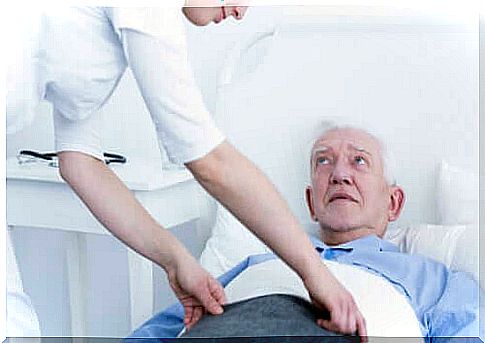
The degree of bedsores depends on their severity. However, before we know in depth what these degrees are, we need to know what exactly the bedsores are.
Sores (also called pressure ulcers) are damage to the skin and underlying tissue caused by prolonged pressure or friction exerted against a hard surface. They often appear in patients who are bedridden for a long time.
In addition, the degree of bedsores is greater in the elderly, since these ulcers cause serious problems in these people.
They are very painful and cause a large number of local and generalized infections. They are located in the most prominent parts of the body, such as the sacrum, trochanters (bone prominence located in the upper extremity or epiphysis of the femur), heels, scapulae and occipital region.
Its severity varies from reddening of the skin to its loss, which can leave the bones exposed.
degree of bedsores
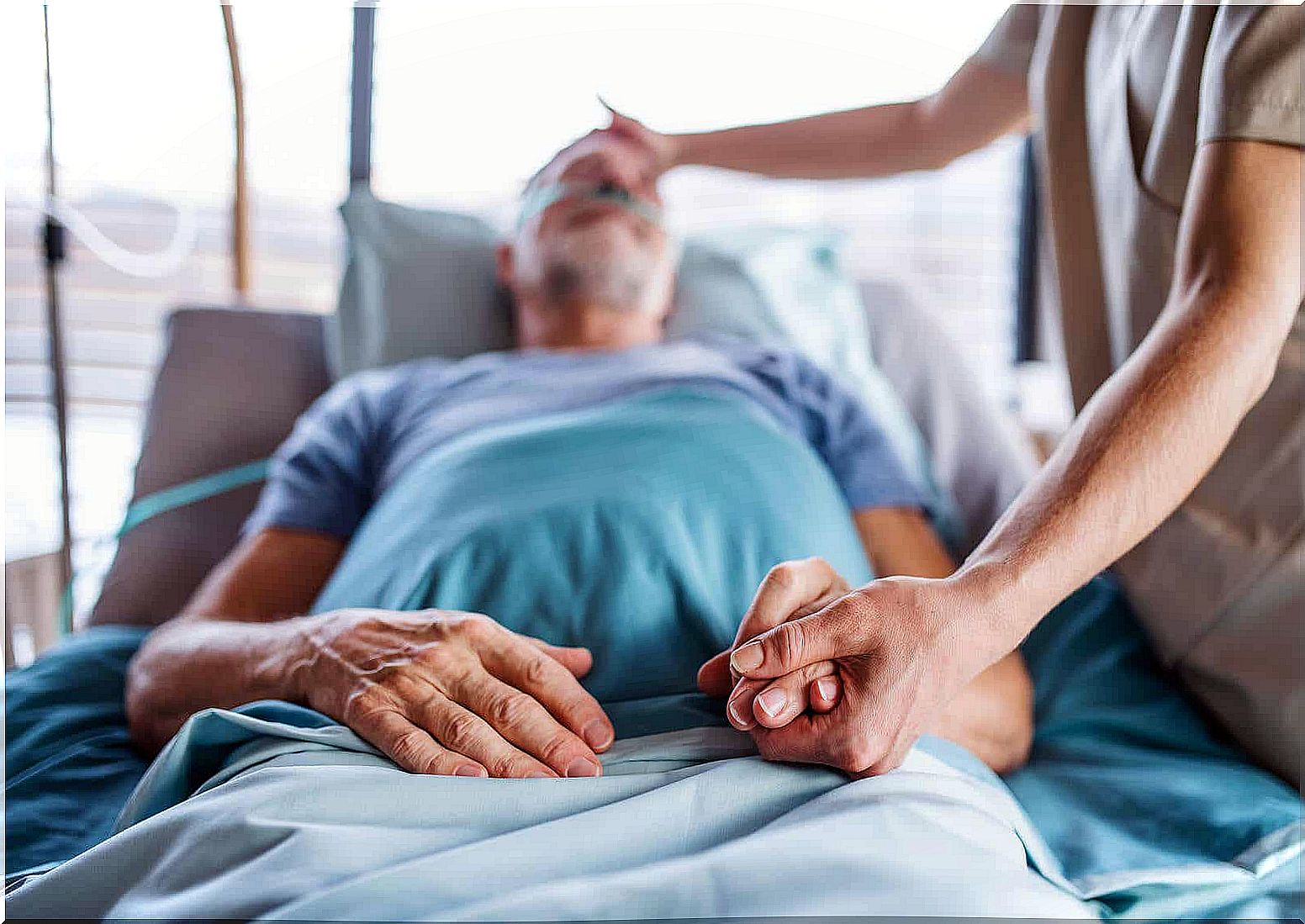
Health professionals use a classification system to describe the severity and degree of bedsores. Thus, it is possible to distinguish 4 categories:
- Grade 1 : First-degree eschar is the most superficial type of lesion. The affected area of skin becomes discolored and reddened in patients with white and purple skin or bluish in patients with darker skin. In a Grade 1 eschar, the skin remains intact, but it may be painful, itchy, and hot and soft, or it may appear hard to the touch.
- Grade 2 : In second-degree pressure ulcers, there are lesions on the outer surface of the skin, ie, the epidermis, or on the innermost part of the skin, also called the dermis. This causes a loss of skin tissue. The ulcer appears as an open sore or blister.
- Grade 3 : In this category, skin loss occurs in its entire thickness. Furthermore, the underlying tissue is also damaged. However, muscles and bones are not damaged. The scab appears as a deep, pitted wound.
- Grade 4 : Of the 4 grades of bedsores, this is the most severe. In this situation, the skin is severely damaged and the surrounding tissue undergoes necrosis, that is, it dies. Also, the underlying muscle and bone may be affected. Patients with this type of pressure ulcers have a high risk of developing serious infections.
Treatment
Since bed sores are a complex health problem, caused by a series of interrelated factors, their treatment must be carried out by a team of professionals from different areas. Some techniques and treatments for bed sores are as follows:
change of position
Moving your body and changing your position at regular intervals is one of the best ways to prevent these injuries. This relieves pressure in case of grade 1 and 2 sores.
Mattresses and pillows
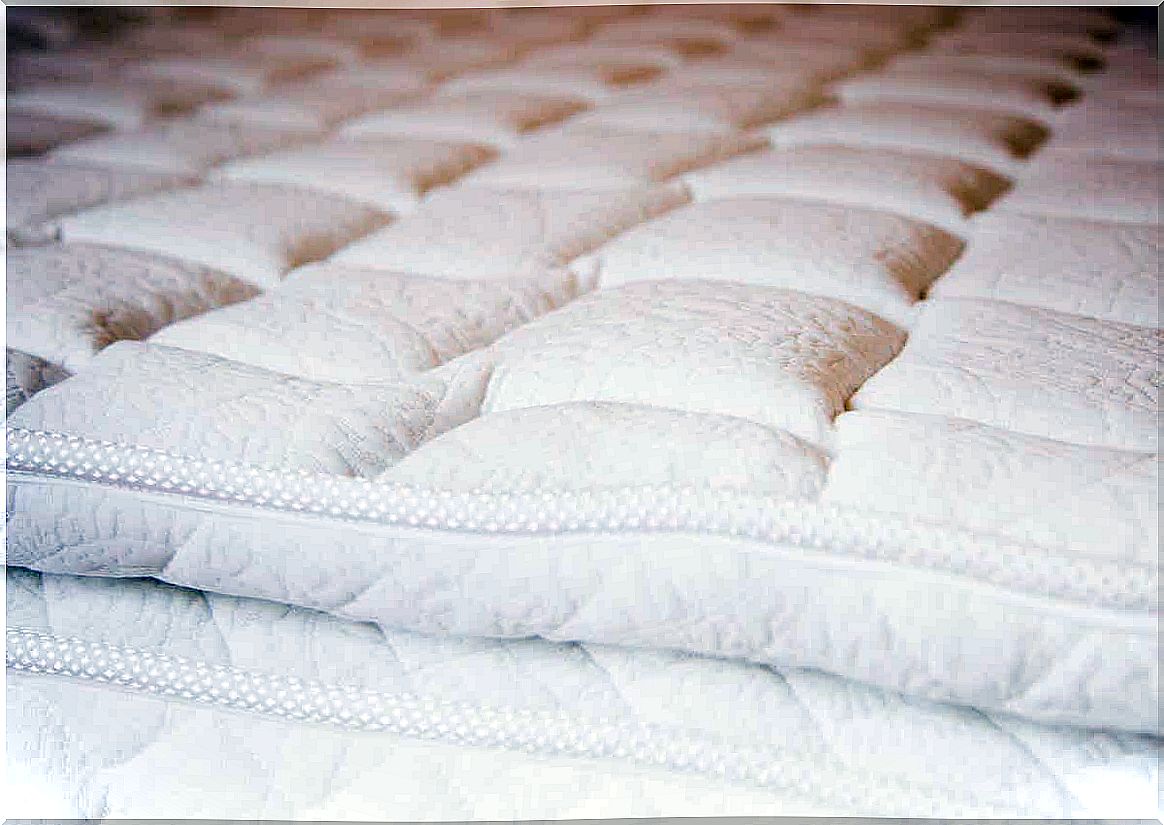
There is a wide variety of special mattresses and pillows to relieve pressure on vulnerable parts of the body. Patients with more severe bedsores need a more sophisticated mattress or even a special bed.
For example, there are mattresses that can be connected to a continuous flow of air that is automatically regulated to reduce pressure when needed.
bandages
Some examples of dressing types are:
- Hydrocolloids : are dressings that contain a special gel that favors the growth of new skin cells.
- Alginates : are dressings made with seaweed that contain sodium and calcium. They have been shown to speed up the healing process.
Topical preparations
Creams or ointments can be used to speed up the healing process. Also, they prevent further damage to the skin. Chemicals known as free radical scavengers can also be used to prevent cell damage at the genetic level.
antibiotics
They are used to prevent bacterial infections and, as a precaution, also to prevent the development of a secondary infection.
An antiseptic ointment can also be applied directly to the bedsores to clean them if any bacteria are already present.
Surgery
Sometimes these wounds do not heal and surgery is needed to close the eschar and prevent further tissue damage. The most widely used technique is called grafting. A skin and muscle graft is taken from another part of the body and used to close the ulcer.
a complex pathology
As you can see throughout the article, bedsores are very common, easy to appear and, in addition, they have a complicated treatment. In patients with risk factors – especially those bedridden because of chronic pathologies – multiple anti-bedsore measures should be adopted to improve the prognosis of these lesions.

